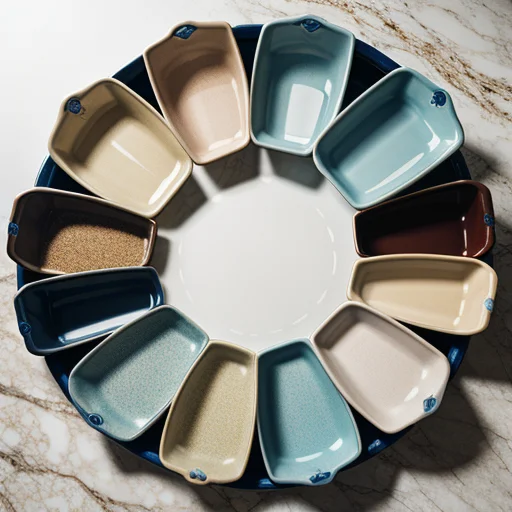As an Amazon Associate I earn from qualifying purchases.
With so many options on the market, choosing new cookware for your kitchen can be a daunting task. Ceramic and granite pans have surged in popularity in recent years as safer and more durable alternatives to traditional nonstick pots and pans. But what exactly are the differences, pros and cons of granite pan vs ceramic pan ?
In this in-depth guide, we’ll cover everything you need to know to decide between granite pan vs ceramic pan which one is better suited for your cooking needs and style. You’ll learn the unique properties and characteristics of each material, comparisons of key factors like durability and heat conduction, as well as care and use tips to get the most from either type of pan.
What is Granite Cookware?
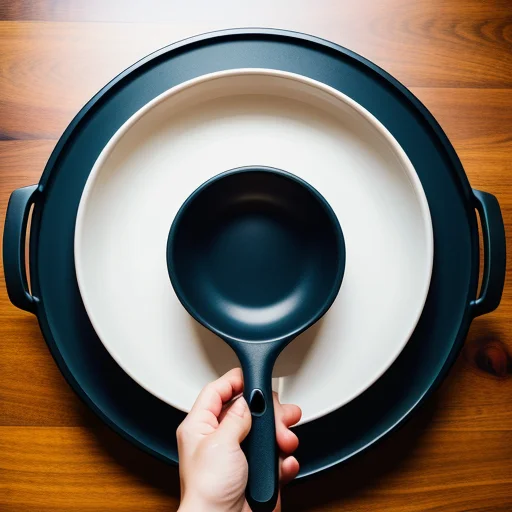
Granite pans has surged in popularity alongside ceramic pans in recent years. But contrary to the name, granite pans do not actually contain natural granite stone which is too porous for cooking. Instead, “granite” cookware refers to pots and pans with a layer of porcelain enamel coating bonded to a carbon steel core.
Porcelain enamel is made from a powdered glass material that is applied as a thin coating onto the steel pan. It is then kiln-fired at ultra-high temperatures of around 1500°F to fuse it to the metal surface underneath. This creates a smooth, inert, non-porous cooking surface.
Here are some of the benefits that make granite enamel cookware a good option:
- Naturally Nonstick – Properly seasoned granite pans have excellent nonstick release.
- Durable and Hard – Porcelain enamel won’t scratch or wear off with metal utensils.
- Quick Heating – Excellent heat conduction from the carbon steel base.
- Even Heating – Porcelain enamel coating prevents hot spots.
- Lightweight – Lighter than materials like cast iron while still very durable.
- Doesn’t React to Acidic Foods – Unlike bare metal pans, granite enamel won’t react with acidic ingredients.
Potential disadvantages include susceptibility to chipping, not compatible with glass cooktops, and possible loss of nonstick properties over time without proper seasoning.
What Exactly is Ceramic Cookware?
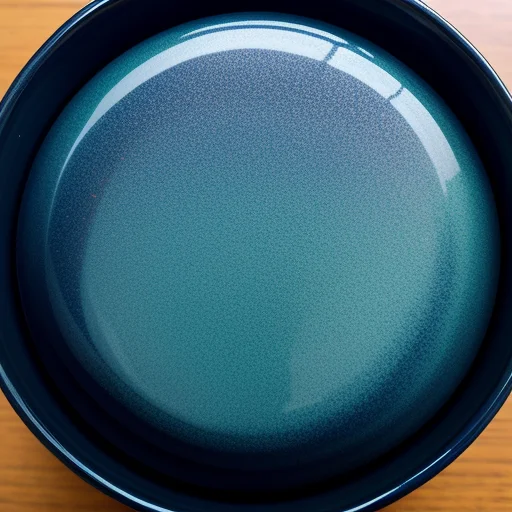
The term “ceramic” refers to pots and pans constructed from clay that has been shaped and then kiln-fired at high temperatures to harden and strengthen the material. Ceramic has been used to create cookware and bakeware for centuries across many cultures.
Modern ceramic cookware falls into two main categories:
Ceramic-Coated Pans
This type of ceramic cookware has an aluminum or stainless steel core with a coating of ceramic non-stick material. The coating is typically made from a liquid solution of silicone and oxygen compounds (called sol-gel) that is applied to the metal pan and then cured to create a bonded glaze.
Ceramic-coatings offer an alternative to traditional Teflon or PTFE nonstick pans, designed to provide excellent food release properties without using synthetic polymer chemicals. Leading brands like GreenPan use a patented Thermolon mineral-based coating that is free of PFOAs and other potentially hazardous compounds.
Solid Ceramic Cookware
Solid ceramic pans are constructed entirely from natural clay without any metal components. The clay mixture is molded into pan shapes, dried, and then fired at ultra-high temperatures between 2200°F – 2640°F to harden and vitrify the clay into an durable, non-porous cooking surface.
This creates a pan with superior heating properties that distributes heat evenly and gently cooks delicate foods. Natural clay is also inert, meaning it won’t leach chemicals or metals into food. Top solid ceramic brands include Xtrema and Emile Henry.
Benefits of Ceramic Cookware
There are several reasons why ceramic has become a popular modern alternative to traditional nonstick and stainless steel cookware:
- Non-Toxic – Ceramic coatings like Thermolon and solid ceramic pans avoid using PFOAs and other potentially hazardous chemicals found in many nonstick coatings.
- Naturally Nonstick – Properly seasoned ceramic provides excellent nonstick ability for cooking everything from eggs to pancakes easily.
- Even Heating – Ceramic construction distributes heat gently and evenly, preventing hot spots that can burn food. This helps provide precise cooking for delicate recipes.
- Easy to Clean – Food doesn’t stick strongly to ceramic, so pans wipe clean easily after cooking without harsh scrubbing.
- Metal Utensil Safe – Ceramic coating is strong enough to allow using metal utensils without scratching the surface.
- Visually Appealing – Vibrant colors and sleek designs make ceramic cookware an eye-catching addition to any kitchen.
- Lightweight – Ceramic pots and pans heat up quickly but don’t have the heft of materials like stainless or cast iron.
Of course, ceramic has some downsides as well. Granite Coating Vs Ceramic Coating in that ceramic-coated pans can chip, scratch, or lose nonstick ability over time with improper care. Solid ceramic is generally durable but may chip or crack if impacted. Neither type of ceramic cookware should be used over extremely high direct heat.
Granite Pan vs Ceramic Pan: How Do They Compare?
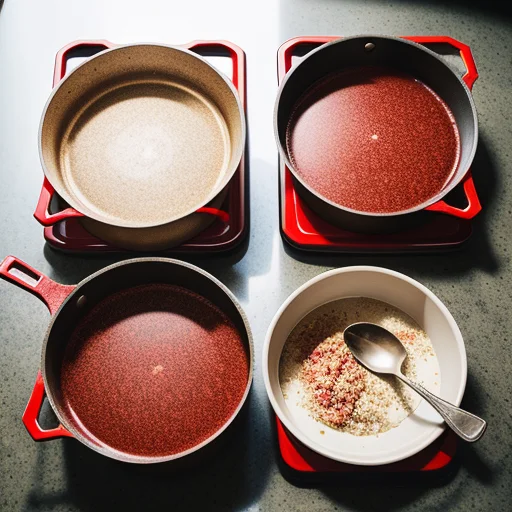
Now that we’ve covered the basics of what makes ceramic and granite cookware unique, let’s dive into a detailed comparison of granite pan vs ceramic pan how they stack up across some key factors:
Durability and Lifespan
- Ceramic-coated pans have the shortest lifespan, with the coating degrading over time, especially if overheated or cleaned harshly. Typical lifespan is 2-3 years with regular use.
- Solid ceramic is very durable but more prone to cracking or breaking if dropped due to its brittle clay construction. Properly cared for solid ceramic can potentially last for decades.
- Granite enamelware is extremely durable and resistant to scratches, metal utensil damage, and high heat. It can last for many years with proper care and maintenance.
So for maximum long-term durability, granite wins out over ceramic. But solid ceramic will outlast ceramic-coated.
Nonstick Ability
- When kept well-seasoned, both granite pan vs ceramic pan provide excellent nonstick cooking ability for low-fat cooking.
- Ceramic coatings can lose nonstick properties over time if overheated or degraded through harsh cleaning.
- Granite may also lose its nonstick release after extensive use if not occasionally re-seasoned.
For effortless food release, properly maintained granite and solid ceramic are very comparable. Ceramic-coated pans have shorter lasting nonstick.
Heating Properties
- Ceramic conducts heat well, but is not recommended for extremely high direct heat like searing at max flame. The coating can degrade at very high temperatures.
- Granite’s carbon steel core allows excellent high-heat capability for searing, stir-frying, and pan sauces.
- Both materials heat gently and evenly once warmed with minimal hot spots.
Granite is the winner for cooking tasks requiring high stable heat like searing meats. For more delicate low to medium heat cooking, granite pan and ceramic pan is comparable.
Weight and Handling
- Ceramic cookware is widely regarded as lightweight and easy to maneuver. Solid ceramic is heavier than coated, but still lighter than many other types.
- Granite enamelware is also lightweight given its durable construction. Slightly heavier than ceramic-coated, but comparable to solid ceramic.
When it comes to handling ease, ceramic-coated pans are the lightest, followed closely by granite and solid ceramic. Overall weight differences are not highly significant.
Appearance and Aesthetics
- Ceramic’s smooth glazed coating and variety of color options give it a sleek, modern look. Granite has a more basic speckled appearance.
- Granite enamel can discolor or stain over time, losing its initial appearance. Ceramic maintains its color and clean look with proper care.
- Ceramic offers much more variety in colors, designs, and patterns. Granite is limited to basic single tone and speckled options.
For visual appeal, ceramic is undoubtedly the winner thanks to diverse colors and ability to maintain its sleek look over time.
Price and Value Comparison
- Ceramic-coated pans are generally the most affordable, with prices ranging from $20 – $100 on average depending on brand and size.
- Solid ceramic and granite enamelware are typically priced very similarly in the mid-range of $50 – $300 depending on quality level.
- Top brands of ceramic and granite pans made to higher standards can cost anywhere from $150 – $500.
For budget buyers, ceramic-coated provides the best value. In the mid-range, granite and solid ceramic are comparable. At higher price points, solid ceramic and granite boast exceptional craftsmanship and performance.
Cleaning and Care
Proper cleaning is important for any cookware to maintain appearance and performance. Here are tips for caring for ceramic and granite:
Ceramic Cookware:
- Hand washing is best to protect the coating on ceramic-coated pans
- Avoid harsh scouring pads
Ceramic Cookware Cleaning and Care Continued:
- Use soft sponges and non-abrasive cleaners
- Dry thoroughly to prevent water spots
- Season regularly with small amount of oil to maintain nonstick
- Avoid metal utensils with ceramic-coated to prevent scratching
- Do not expose ceramic-coated pans to extreme temperature shifts
Granite Cookware Cleaning and Care:
- Hand wash with soft sponge and mild soap
- Rinse thoroughly and dry immediately to prevent mineral deposits
- Re-season occasionally with thin oil layer
- Avoid overheating empty granite pans to prevent damage to enamel
- Do not use granite pans on glass stovetops due to thermal shock risk
- Take care not to chip edges or rim when handling
With proper care, both granite pan vs ceramic pan can be easy to maintain and will deliver excellent performance.
How Do Ceramic and Granite Compare for Specific Cooking Tasks?
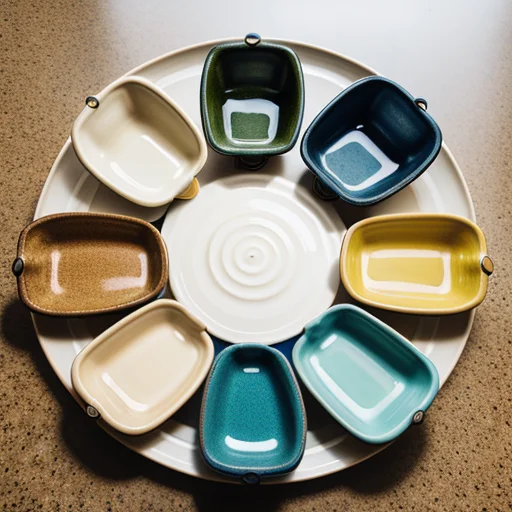
With their differing properties, granite pan vs ceramic pan each excel in certain cooking applications.
Where granite cookware shines:
- Searing meats – excels at high stable heat for browning and crust
- Pan frying – fries food evenly with minimal burning risk
- Deep frying – enameled surface prevents sticking and burns
- Cooking acidic foods – won’t react with tomatoes, wine, etc.
Where ceramic cookware excels:
- Cooking eggs – gentle heat prevents sticking and overcooking
- Baking – distributes heat evenly for muffins, breads, etc.
- Simmering sauces or soups – prevents scorching delicate recipes
- Reheating – won’t overcook leftovers
For high heat tasks, the granite enamel coating gives it an advantage. But ceramic is ideal for low to medium heat recipes requiring controlled gentle heating.
Top Ceramic and Granite Cookware Brands
While there are many cookware brands on the market, these stand out for their quality construction and materials:
Recommended Ceramic Brands
- GreenPan – patented Thermolon ceramic nonstick coating
- Carote – unique plant-based nano-ceramic coating
- Xtrema – 100% solid ceramic construction
- Emile Henry – French-made ceramic bakeware
Top Granite Enamel Brands
- Smithey – American-made small batch enamelware
- Staub – French-made premium enamel cocottes
- Marquette Castings – Vermont-based carbon steel and enamel
- Solidteknics – Australian brand specializing in stainless and enamel
Investing in granite pan vs ceramic pan from a high-end brand means you’ll enjoy excellent cooking performance and longevity.
Should You Choose Ceramic or Granite Cookware?
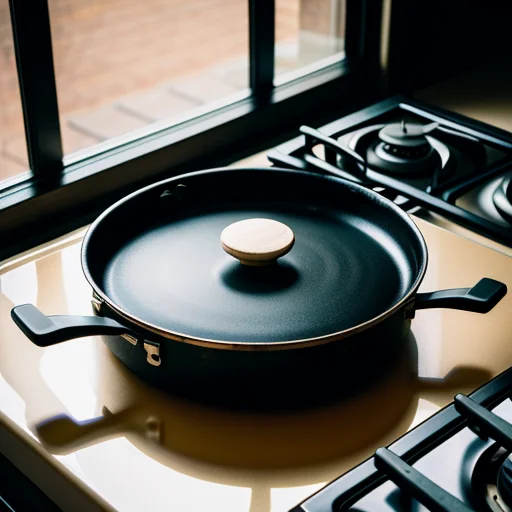
So when comparing granite pan vs ceramic pan, which is better suited for you?
Here are some key factors to consider when deciding:
- Budget – Ceramic-coated is most affordable, granite and solid ceramic similar mid-range prices
- Cooking Needs – Granite for high stable heat tasks, ceramic for gentle heat
- Care and Handling – Ceramic more prone to damage if dropped or nicked
- Lifespan – Granite enamel has long working life with care
- Appearance – Ceramic offers colorful good looks
For many home cooks, a combination may be ideal – choosing granite for pots and pans used at higher heats, and ceramic for bakeware and skillets where precise gentle heating matters. An enamel Dutch oven paired with a ceramic nonstick skillet gives you versatility across cooking methods.
Ultimately the choice depends on your needs and preferences. Hopefully this guide has helped breakdown the key similarities, differences and factors to consider when choosing between granite pan vs ceramic pan . Let us know if you have any experiences using either type of pan – we’d love to hear your insights!
As an Amazon Associate I earn from qualifying purchases.

